-
Seedshop
-
Feminized
Cannabis seeds -
Autoflowering
Cannabis Seeds -
Regular
Cannabis Seeds -
F1 Hybrid
Cannabis Seeds -
CBD
Cannabis Seeds -
Zamnesia
Cannabis Seeds
-
Top 10’s
- Top 10 Feminized Seeds
- Top 10 Autoflowering Seeds
- Top 10 Regular Seeds
- Top 10 USA Cannabis Strains
-
Favourites
- Beginner Strains
- Below 1% THC
- Classic Cannabis Strains
- Cup Winners
- F1 Hybrids
- Fast Flowering Seeds
- High CBD Strains
- High THC Strains
- Mix Packs
- Zamnesia Exclusive Collabs
-
-
Headshop
-
Vaporshop
- Spare Parts & Accessories
- AirVape XS GO (2021)
- Arizer Air MAX
- Arizer Extreme Q
- Arizer Solo 2
- Arizer V-Tower
- Arizer XQ2
- Boundless CFC 2.0 Vaporizer
- Boundless CFX
- Boundless TERA (V3)
- CRAFTY+
- DaVinci IQC
- Dr. Dabber Boost EVO
- DynaVap VapCap "M" PLUS 2023
- DynaVap VonG (i) Titanium
- Flowermate Aura
- Flowermate Cap Pro
- Flowermate Slick
- Flowermate V5.0S Pro
-
Healthshop
-
Smartshop
-
Shroomshop
-
Growshop
-
Seedshop
All CategoriesSeedshop
- Autoflower Seeds
- Feminized Cannabis Seeds
- Zamnesia Seeds
- Zamnesia's Top 10
- CBD Seeds
- F1 Hybrids
- Seed Banks
- Mix Packs
-
Popular Strain Types
- Zamnesia Exclusive Collabs
- Classic Cannabis Strains
- Amnesia Seeds
- Haze Seeds
- Skunk Seeds
- Kush Seeds
- Purple Seeds
- Blueberry Seeds
- Cheese Seeds
- Diesel Seeds
- White Widow Seeds
- Gorilla Seeds
- Northern Lights Seeds
- Granddaddy Purple Seeds
- OG Kush Seeds
- Blue Dream Seeds
- Lemon Haze Seeds
- Bruce Banner Seeds
- Gelato Seeds
- Sour Diesel Seeds
- Jack Herer Seeds
- Girl Scout Cookies Seeds (GSC)
- Wedding Cake Seeds
- Zkittlez Seeds
- Pineapple Express Seeds
- Chemdawg Seeds
- Hindu Kush Seeds
- Mimosa Seeds
- F1 Hybrids
- Mix Packs
- Cup Winners
- Beginner Strains
- High THC Strains
- Fast Flowering Seeds
- Regular Cannabis Seeds
- USA Cannabis Strains
- Cup Winners
- Seedfinder
-
Vaporshop
All CategoriesVaporshop
- Top 10 Vaporizers
- Spare Parts & Accessories
- AirVape XS GO (2021)
- Arizer Air MAX
- Arizer Extreme Q
- Arizer Solo 2
- Arizer V-Tower
- Arizer XQ2
- Boundless CFC 2.0 Vaporizer
- Boundless CFX
- Boundless TERA (V3)
- CRAFTY+
- DaVinci IQC
- Dr. Dabber Boost EVO
- DynaVap VapCap "M" PLUS 2023
- DynaVap VonG (i) Titanium
- Flowermate Aura
- Flowermate Cap Pro
- Flowermate Slick
- Flowermate V5.0S Pro
- G Pen Elite II
- G Pen Micro+
- G Pen Roam
- Hyer Big-E Rig
- MIGHTY+
- PAX Mini
- PAX Plus
- PLENTY
- Puffco Peak Smart Rig
- Puffco Plus
- Storm Vaporizer
- The Proxy (Puffco)
- VOLCANO CLASSIC
- VOLCANO HYBRID
- Vapman 2.0
- Vapman Click
-
Smartshop
All CategoriesSmartshop
- Top 10 Smartshop
- Zamnesia Gift Cards
- After Party
- Aphrodisiacs
- Aromatherapy
- Blue Lotus
- CBD Vape Juice
- Capsule Machines
- Crystals, Gemstones & Minerals
- Dream Herbs
- Drug Tests
- Extracts
- Happy Caps
- Herbal Tea
- Herbs & Seeds
- Incense
- Kanna
- Kratom
- LSA Seeds
- Mescaline Cacti
- Microdosing
- Nootropics
- Relaxing
- Salvia divinorum
- Smart Seeds
- Stimulants
- Supplements
- Tinctures
- Vape Herbs
-
TRIBE
All CategoriesTRIBE
- My Membership
- Spend Gift Points
- TRIBE Sale
- Exclusive products
- Earn Extra Gift Points
-
TRIBE
- Early Access
- Refer a Friend
- Information
-
TRIBE
-
Language
 United States
United States
Wednesday, 14 January and Tuesday, 20 January 2026*
What Are Legal Highs?
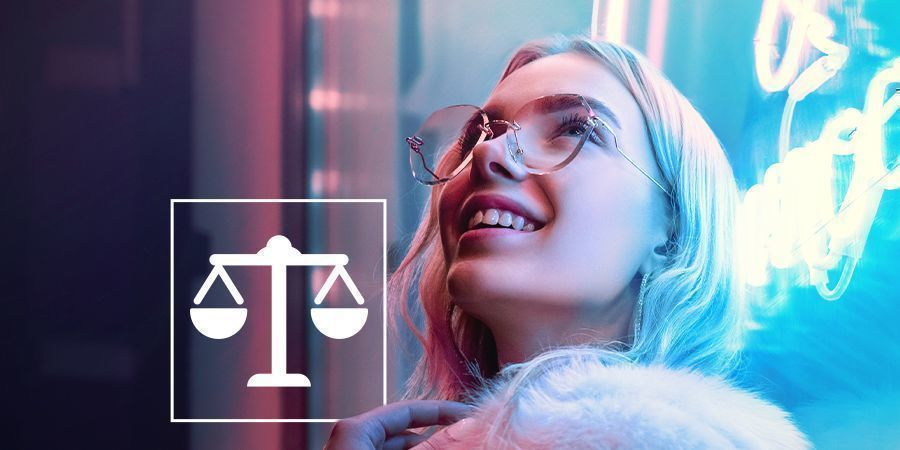
Legal highs are a popular and often easily obtainable type of smart drugs, but what are they exactly? And what are the different legal highs on the market? Let's find out!
For those who want to get high without breaking the law, there’s a world of experimental substances to navigate. In this article, we take a look at exactly how people achieve their legal highs, and which permitted substances rule the market today.
WHAT ARE LEGAL HIGHS?
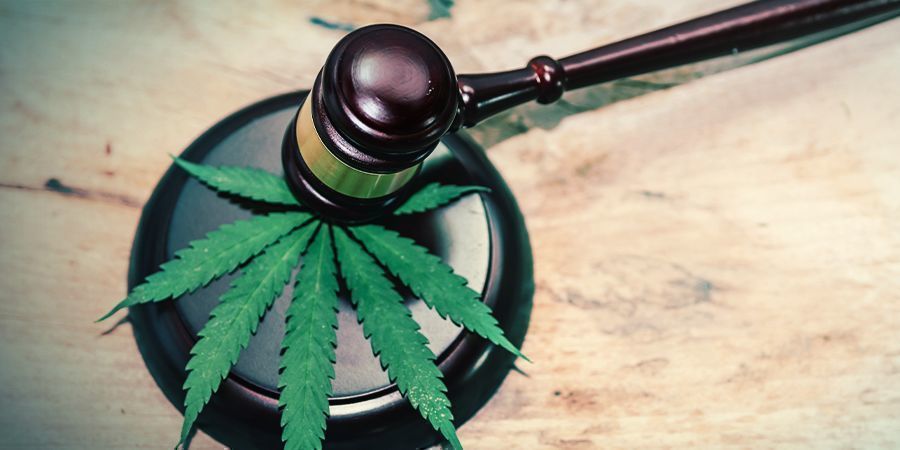
The term “legal high” refers to the effects of legal drugs that mimic controlled or illicit substances like ecstasy, cocaine, and even cannabis. They’re sometimes designed to resemble the look and effects of other substances, but are structurally distinct enough not to be classed as illegal themselves. The term “legal” is a bit of a grey area, though, as different countries have their own definitions of what qualifies. Many “legal highs” are, in fact, still restricted, and you could face consequences if you’re caught with them.
There are many different types of legal highs that can be experienced, with each substance designed for a specific purpose. Ranging from dissociatives to synthetic cannabis, we’ll give you a breakdown of each one.
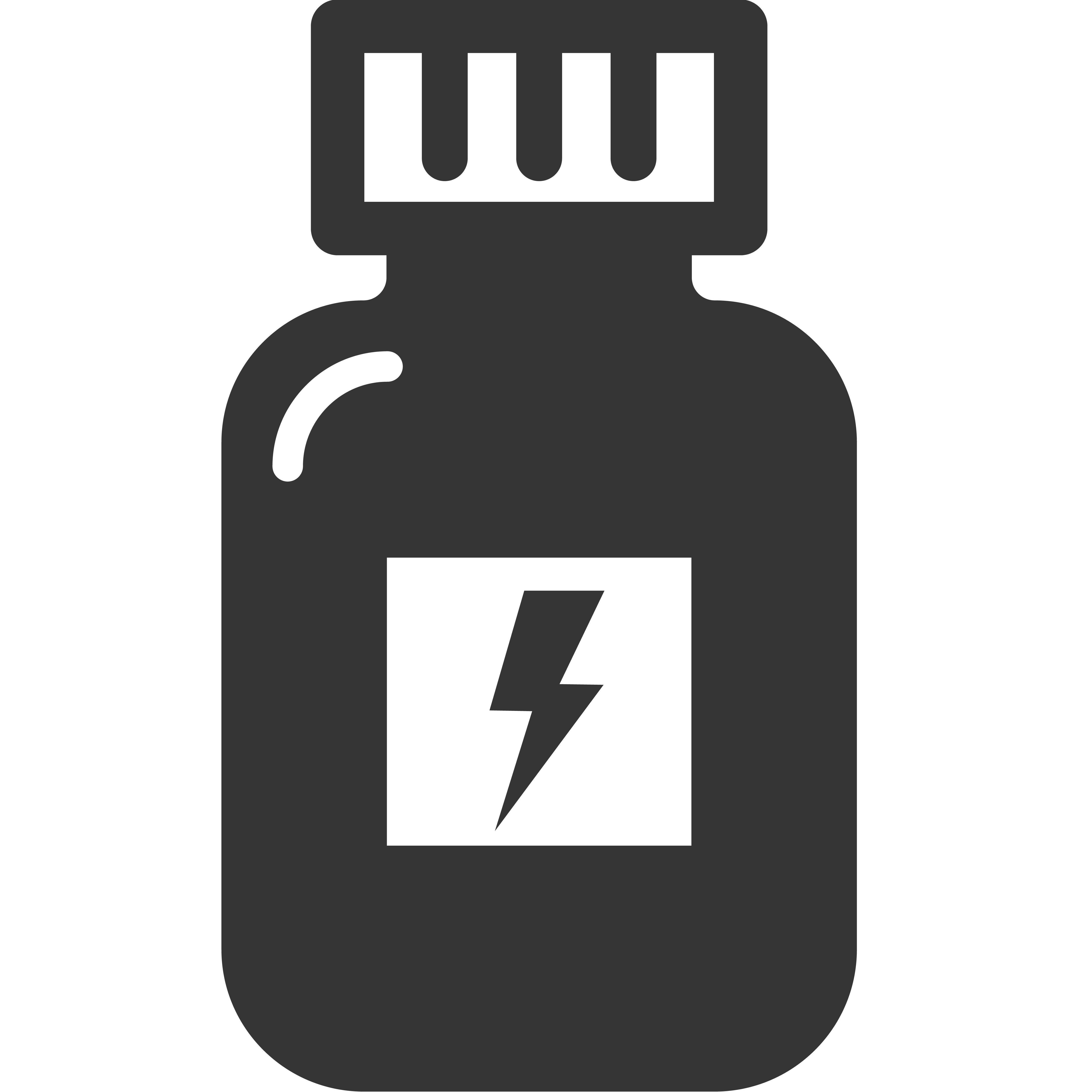 STIMULANTS
STIMULANTS
As the name suggests, stimulants are designed to give users a burst of energy. Technically speaking, even regular, everyday products like energy drinks and coffee fall into this category. Legal stimulants are often made from a combination of powdered seeds or herbs such as guarana, then condensed into a pill form for ease of consumption. Some substances can be bought as a powder to be added to hot drinks as an alternate form of consumption. Examples of stimulants include kola nut and Euphor-E. Both offer a euphoric, energetic high that looks to safely replicate the effects of drugs like ecstasy or cocaine.
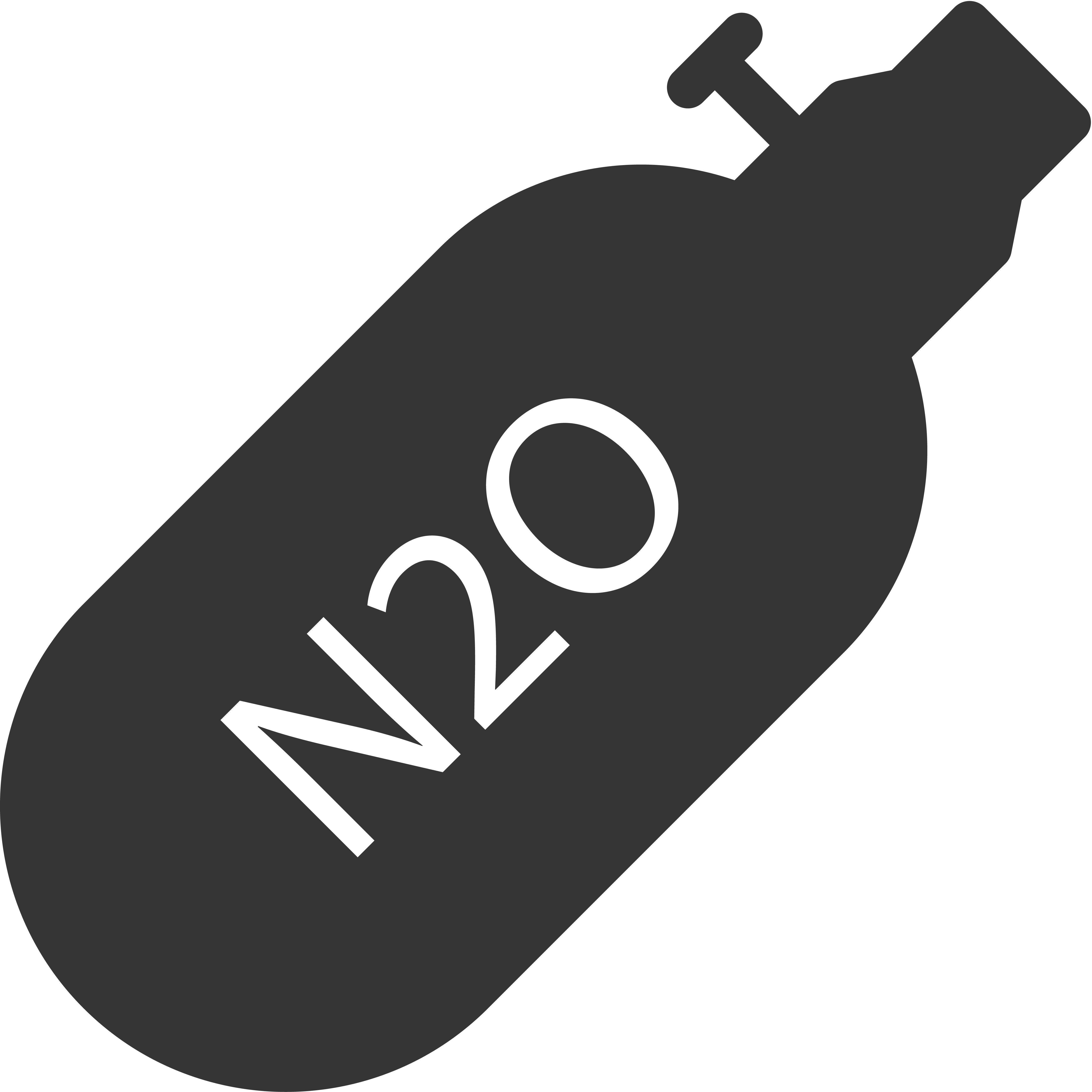 DISSOCIATIVES
DISSOCIATIVES
Legal dissociatives are designed to make one feel separate from themselves and their surrounding environment by altering sensory perception. They accomplish this, in short, by blocking signals to certain parts of the conscious mind, resulting in an almost trance-like state, depending on the potency. Common types of legal dissociatives include nitrous oxide (laughing gas), salvia leaves and methoxetamine, a popular powdered designer drug.
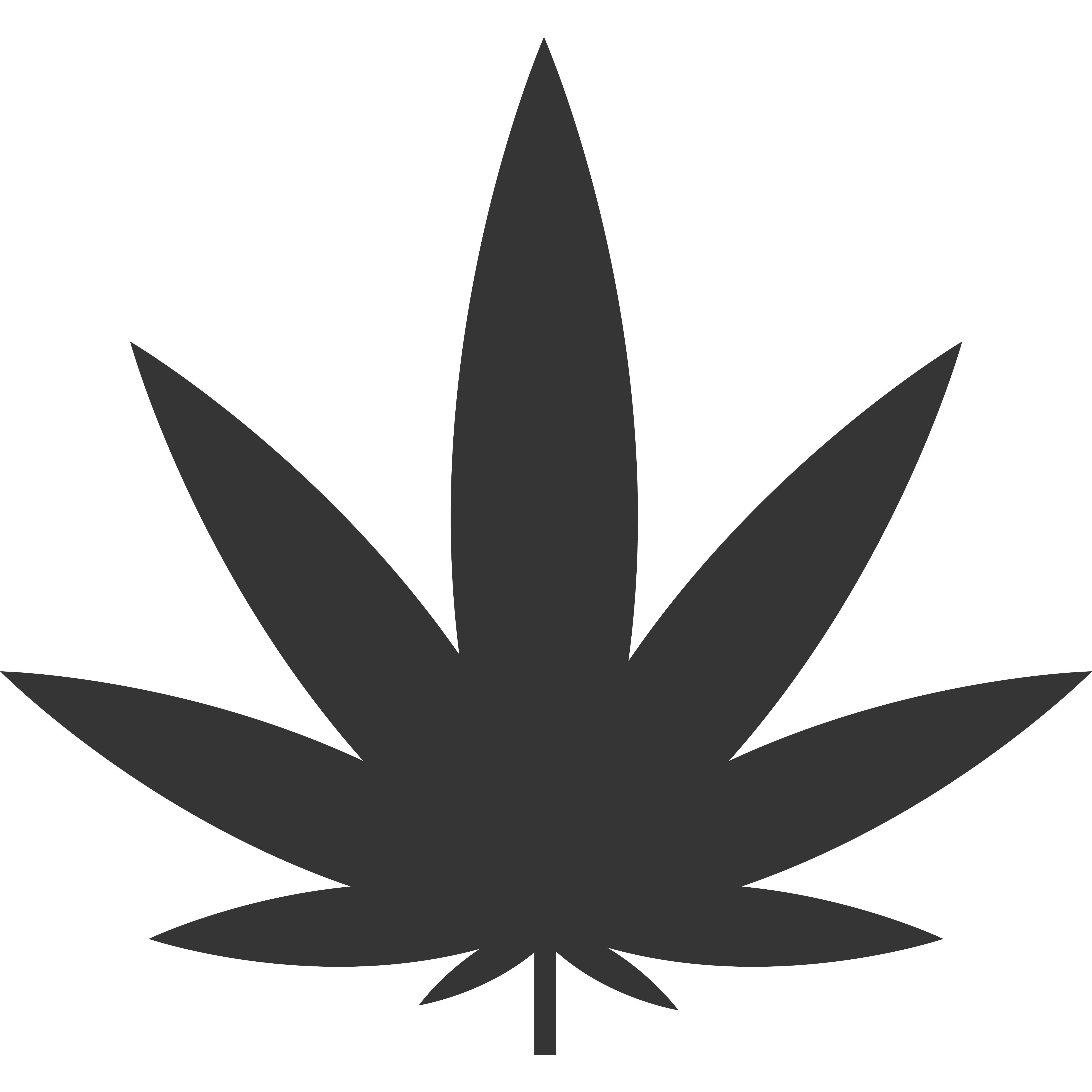 SYNTHETIC CANNABIS
SYNTHETIC CANNABIS
Synthetic “cannabis” of all sorts can be found in convenience stores and smoke shops. It all falls under the same category, but it has vastly different effects depending on the specific chemicals inside. In general, synthetic cannabis has an entirely different safety profile than natural cannabis.
Synthetic cannabis such as K2 (also known as spice) is designed to mimic the effects of THC, but the results can be far more harmful. Often touted as “safe” and “natural”, this couldn’t be further from the truth. Offering an unpredictable and more intense high, the results can be dangerous to your health. Despite the risks, synthetic cannabis remains popular because governments can’t keep up with the rate at which new compounds are discovered. As soon as one is banned, another picks up the torch.
 DEPRESSANTS
DEPRESSANTS
Not to be confused with depression medication, depressants simply serve to decrease the amount of neurotransmission in the brain. This high dulls the user’s ability to feel stimulation and arousal, making for a much more low-energy experience. However, in some, there can be side effects like paranoia and disturbed sleep patterns. Although the most common type of depressant available is alcohol, ethanol and diethyl ether fall under this category too.
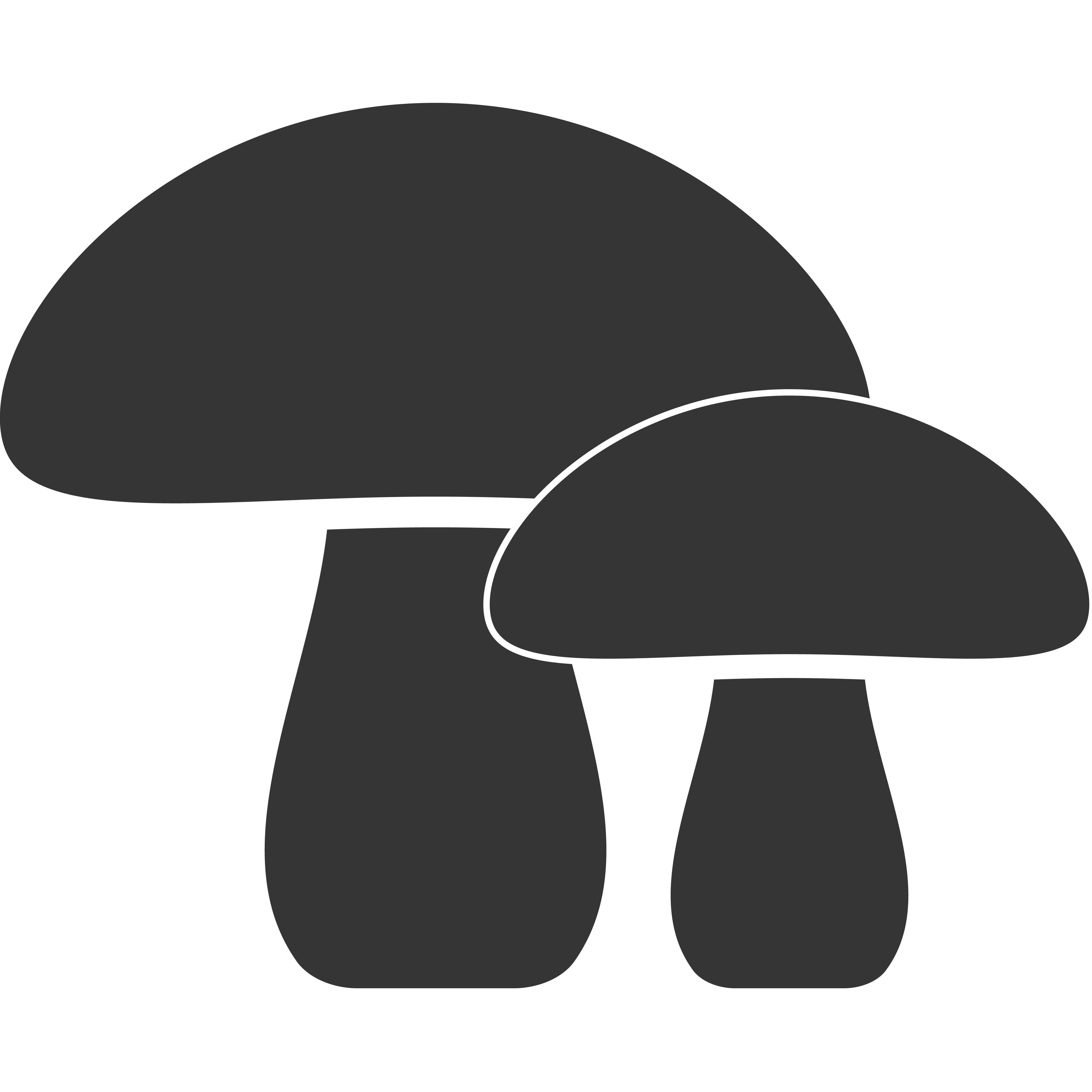 PSYCHEDELICS
PSYCHEDELICS
Looking for substances that mimic the effects produced by substances like LSD and DMT? Legal psychedelics are often derived from seeds, roots, and flowers, offering a more “natural” appearance than some of the other substances in this guide.
Available in dried or powdered forms, popular legal psychedelics include Morning Glory and Hawaiian baby woodrose seeds, two substances with effects not unlike the trippy high produced by magic mushrooms. These legal psychedelics can temporarily alter the way the brain works, changing perception and sometimes even causing hallucinations (at high-enough doses). With substances of varying strengths available, this is a popular legal high for more casual drug users.
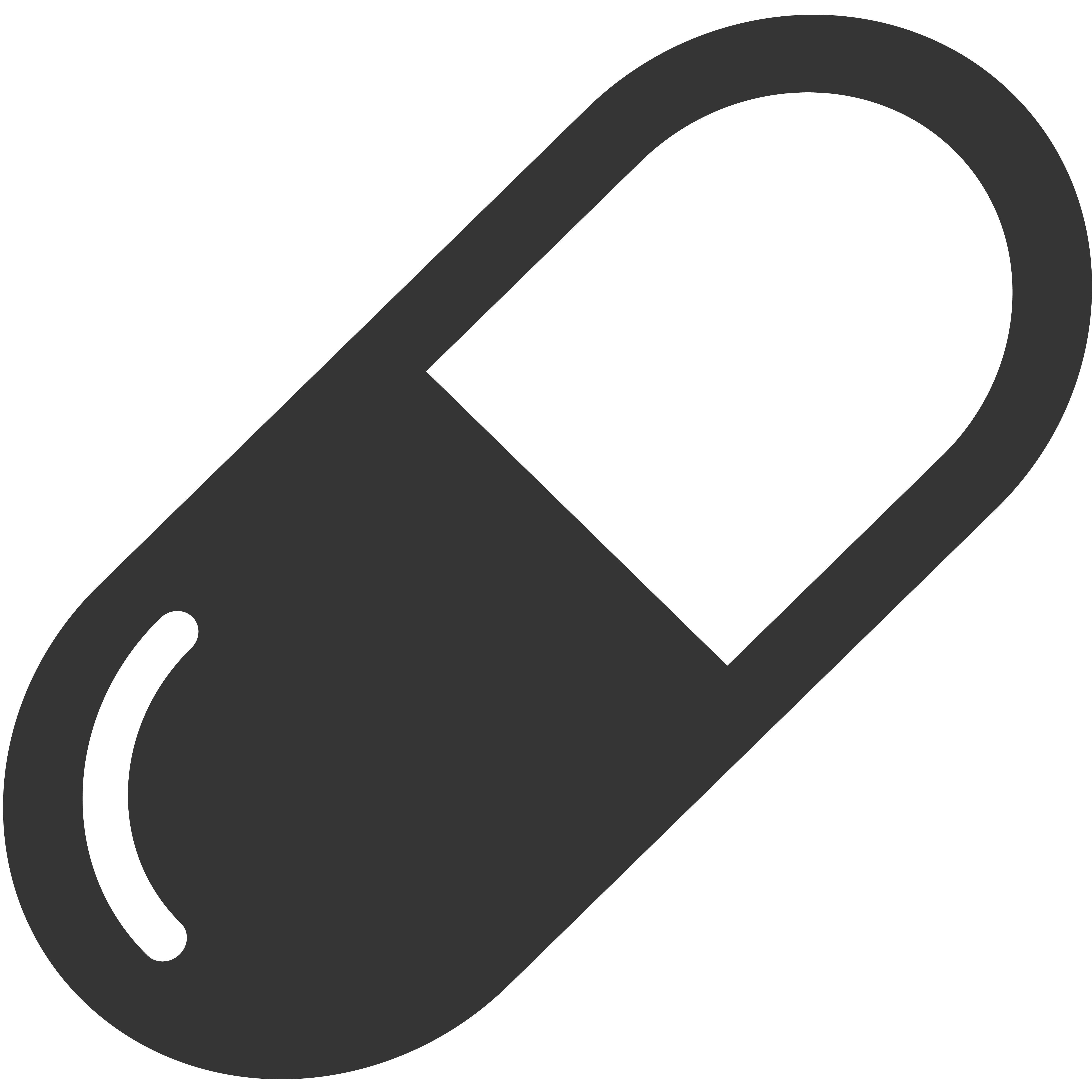 DELIRIANTS
DELIRIANTS
While they may seem similar to psychedelics on the outside, deliriants act differently. Rather than inducing a “trip”, these substances cause a delirium-like state in users, giving rise to sensations of confusion and disorientation. Typical examples include diphenhydramine and dimenhydrinate, both of which are usually available in pill form or as over-the-counter antihistamine medication. Although designed to relieve symptoms of allergies, many users claim deliriants offer up a drowsy high.
 OPIOIDS
OPIOIDS
Similar to the effects of morphine, legal opioids are mainly used to pacify the body. Although the body does produce its own opioids, substances that offer legal highs will often result in a mellow, soothing sensation for the user. Potential side effects from overuse of opioids include fatigue, upset stomach, and trouble maintaining balance. An example of a common legal opioid is kratom. Kratom is often available as a powder, but also in pill or capsule form as well. Although legal, some use it as a means of curbing opioid addiction, however, kratom itself can be addictive in its own right.
 INHALANTS
INHALANTS
Inhalants are designed to cause a potent but brief psychoactive effect via the inhalation of vapour. The use of popular inhalants like nitrates, also known as “poppers”, provides a sudden burst of euphoria. That feeling is then coupled with the sensation of a “head rush”. Some users comment on the aphrodisiac qualities of such inhalants, as many find them to increase sex drive and make their skin feel much more sensitive. Some potential side effects of overuse include upset stomach and faintness.
THE FUTURE OF LEGAL HIGHS
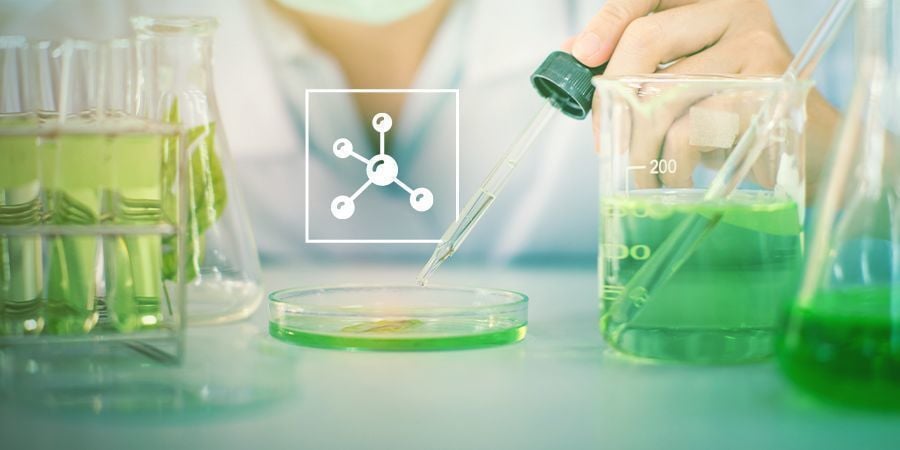
New legal substances are always being created and discovered. As we discussed before, this is because governments simply cannot keep up. Even in the United Nations’ 2013 World Drug Report, they note that the current system of drug flow control is lacking. The main culprits, as they discuss, are the creators of what are known as “new psychoactive substances” (NPS).
Even if they catch up, it’s a powerless situation, as observed by the report. Even when new substances are scheduled, people will continue to find them, or similar ones, and use them at the same rate.
To produce an NPS, you just need to take the molecular makeup of an illegal drug and tweak it slightly. As long as the chemical composition is different to that of the illegal drug, it is technically legal and will likely have similar effects. Once you have this blueprint, all you need to do is find a lab willing to produce it. Anecdotal reports suggest that they are not hard to come by.
The unfortunate aspect is that many of these novel compounds haven’t been thoroughly vetted for their toxicity. Contrary to substances like cannabis or natural psychedelics that have been used for ages, the effects of novel compounds are largely unknown. While no drug can be described as completely “safe”, using new psychoactive substances may be significantly riskier than substances with longer public histories.
While these legal drugs are readily accessible and available for purchase, it is important to proceed with extreme caution and thoroughly research what you are buying. Of course, be wary of the laws in your country as well, but your health is your first priority.
For more information on the United Nations 2013 World Drug Report, be sure to take a look at the full report.

- (n.d.). - https://www.unodc.org
- France
- Germany
- International
- Italy
- Netherlands
- Polska
- Portugal
- Spain
- United Kingdom
- United States
Categories
-
Seedshop
- Feminized Cannabis Seeds
- Autoflower Seeds
- Regular Cannabis Seeds
- F1 Hybrids
- CBD Seeds
- Zamnesia Seeds
- Top 10 Autoflowering Seeds
- Top 10 Regular Seeds
- Top 10 USA Cannabis Strains
- Top 10 Feminized Seeds
- Beginner Strains
- Below 1% THC
- Classic Cannabis Strains
- Cup Winners
- F1 Hybrids
- Fast Flowering Seeds
- High CBD Strains
- High THC Strains
- Mix Packs
- Zamnesia Exclusive Collabs
- Amnesia Seeds
- Blueberry Seeds
- Cheese Seeds
- Diesel Seeds
- Gorilla Seeds
- Haze Seeds
- Kush Seeds
- Purple Seeds
- Skunk Seeds
- White Widow Seeds
- Northern Lights Seeds
- Granddaddy Purple Seeds
- OG Kush Seeds
- Blue Dream Seeds
- Lemon Haze Seeds
- Bruce Banner Seeds
- Gelato Seeds
- Sour Diesel Seeds
- Jack Herer Seeds
- Girl Scout Cookies Seeds (GSC)
- Wedding Cake Seeds
- Zkittlez Seeds
- Pineapple Express Seeds
- Chemdawg Seeds
- Hindu Kush Seeds
- Mimosa Seeds
- Zamnesia Seeds
- ACE Seeds
- Advanced Seeds
- Afghan Seed Connection
- Amsterdam Genetics
- Anesia Seeds
- Auto Seeds
- Barney's Farm
- Big Buddha Seeds
- Blimburn Seeds
- Bomb Seeds
- BSB Genetics
- BSF Seeds
- Buddha Seeds
- The Cali Connection Seeds
- CBD Seeds
- Compound Genetics
- Cookies Seed Bank
- Delicious Seeds
- DNA Genetics
- Doctor's Choice
- Dr. Underground
- Dutch Passion
- Elite Seeds
- Eva Seeds
- Exotic Seed
- Expert Seeds
- FastBuds
- Female Seeds
- French Touch Seeds
- Garden of Green
- GeneSeeds
- Genehtik Seeds
- G13 Labs
- Grass-O-Matic
- Greenhouse Seeds
- Growers Choice
- Humboldt Seed Company
- Humboldt Seed Organization
- Kalashnikov Seeds
- Kannabia
- The Kush Brothers
- Light Buds
- Little Chief Collabs
- Medical Seeds
- Ministry of Cannabis
- Mr. Nice
- Nirvana Seeds
- Original Sensible
- Paradise Seeds
- Perfect Tree
- Pheno Finder
- Philosopher Seeds
- Positronics Seeds
- Purple City Genetics
- Pyramid Seeds
- Rare Dankness
- Reggae Seeds
- Resin Seeds
- Ripper Seeds
- Royal Queen Seeds
- Sagarmatha Seeds
- Samsara Seeds
- Seedstockers
- Sensation Seeds
- Sensi Seeds
- Serious Seeds
- Silent Seeds
- Solfire Gardens
- Soma Seeds
- Spliff Seeds
- Strain Hunters
- Sumo Seeds
- Super Sativa Seed Club
- Super Strains
- Sweet Seeds
- TICAL
- T.H. Seeds
- Top Tao Seeds
- Vision Seeds
- VIP Seeds
- White Label
- World Of Seeds
- Seed Banks
-
Headshop
-
Vaporshop
-
Healthshop
-
Smartshop
- Top 10 Smartshop
- Kratom Dosage Calculator
- Zamnesia Gift Cards
- After Party
- Aphrodisiacs
- Aromatherapy
- Blue Lotus
- CBD Vape Juice
- Capsule Machines
- Crystals, Gemstones & Minerals
- Dream Herbs
- Drug Tests
- Extracts
- Happy Caps
- Herbal Tea
- Herbs & Seeds
- Incense
- Kanna
- Kratom
- LSA Seeds
- Mescaline Cacti
- Microdosing
- Nootropics
- Relaxing
- Salvia divinorum
- Smart Seeds
- Stimulants
- Supplements
- Tinctures
- Vape Herbs
-
Shroomshop
-
Growshop
- Top 10 Growshop
- Top 10 Plant Seeds
- All Seeds
- Cacti
- Chili & Pepper Seeds
- Companion Plants
- Edible Plant Seeds
- Exotic Seeds
- Flower Seeds
- Fruit Seeds
- Herb Seeds
- Interior Plant Seeds
- Microgreens
- Psychoactive Plant Seeds
- Sprouting
- Vegetable Seeds
- Wellness Plant Seeds
- After Harvest
- Climate Control
- Fertilizer
- Grow Tents
- Harvest, Dry & Cure
- LED Grow Lights
- Plant Seeds
- Propagation
-
Merchandise
-
Sale section
Categories
Discover
Help & Info
Tools
Our website won't work without these cookies activated. Therefore functional cookies can't be disabled.
















